How to grow cucumbers in a polycarbonate greenhouse?
Growing cucumbers in a greenhouse will allow you to get the maximum yield from this crop. Cucumbers bear fruit well even in the open field, in a greenhouse or greenhouse their yield increases significantly. This is due to the fact that in the greenhouse you can create an optimal microclimate, protect plantings from climatic imperfections, and control the amount of moisture and heat. If at the same time they are planted with seedlings, and not with seeds, water correctly and carry out on time pinching, then cucumbers will respond to such care with gratitude, which will significantly increase the profitability of their cultivation.
Place for a greenhouse
The result of its use directly depends on the correct choice of the place for the greenhouse, as well as its size. Novice gardeners do not always attach due importance to these factors, but in vain. Putting a greenhouse on the site is half the battle, putting it right is what the skill is.
Before choosing a place, you need to determine how the site is located in relation to the cardinal points. The future greenhouse must be reliably protected from the north and north-east winds. If there are no fences and barriers on the leeward side, they must be erected. It is enough to install a fence or decorative wattle fence.
The area under the greenhouse itself should be flat. If there is a slight slope to the south, it’s not scary. If the slope looks to the north, it is better to level it if possible or install the greenhouse at the highest possible elevation. It should be remembered that in addition to heat, plants also require a sufficient amount of sun.
As for the size of the greenhouse, this is not an idle question either. The number of plantings depends on its area, and the maintenance of the microclimate depends on the volume, first of all optimal temperature... The best ratio in this case is the volume, twice the area. In other words, if the greenhouse has an area of 6 m2, then its volume should be approximately 12 m3.
Soil preparation
If the planting of cucumbers in a greenhouse or greenhouse is done for the first time, then the soil undergoes initial preparation. It is produced in autumn and consists in enriching the soil with lime, organic fertilizers and minerals. They must be distributed over the surface of the soil, and then carefully dig it up. At the same time, nitrogen fertilizers cannot be added, since they are applied only during the preparation of the soil in spring.
With the onset of spring, it is necessary to start applying nitrogen fertilizers and carefully digging up the soil. During this period, it is important to saturate the soil with oxygen as much as possible. If no preparation has been made since autumn, manure can also be added. Only in this case you will have to use a thermally disinfected one.
Advice
To better retain moisture in the soil, you should mix sawdust into it - this will allow moisture to be better retained, and the plants will not need to be watered too often.
If you have to plant cucumbers in a greenhouse, where some kind of crop was grown before, then additional measures must be taken to prepare the soil. In this case, in the fall, it is necessary not only to completely remove all the remaining parts of the plants, but also to remove about 5 cm of soil from the top layer of the soil in order to prevent the defeat of cucumbers by bacteria and various pathogens that have survived in it. Then fill the missing volume with new fertile soil.
Before planting cucumbers, the beds are formed. Their size, number and direction depend on the size of the greenhouse.A balance must be struck between concepts such as cost-effectiveness and convenience. The distance between the rows must be sufficient to allow the plants to grow.
Planting cucumbers in the greenhouse
It should be noted that a polycarbonate greenhouse can be an excellent tool for growing vegetables all year round, giving a rich permanent harvest. Growing cucumbers in a greenhouse or an unheated film greenhouse will not give such a result. The use of polycarbonate as a material for greenhouses made it possible to provide vegetables with comfortable conditions all year round, not only in a temperate climate, but also in the Urals and Siberia.
First of all, you need to choose a variety suitable for growing in greenhouses. Among them, one can distinguish such varieties as Herman, Zozulya, Shchedrik, Sharzh, etc. Shchedrik is early ripening and suitable for planting at any time of the year, Herman belongs to the gherkin type and has small but very tasty fruits. Zozulya is a hybrid characterized by early ripening. Good care of these varieties of cucumbers allows you to get a rich harvest.
Having acquired the seeds of the variety you like, you need to grow seedlings. For this, the seeds are germinated as usual. Seedling care can be carried out both at home and directly in the greenhouse, if conditions permit. Seedlings can be planted in the ground 25 days after emergence. It should be noted that the time at which you can plant cucumbers depends on the type of greenhouse.
Advice
It is undesirable to plant cucumbers in the greenhouse immediately with seeds, since this will greatly slow down the ripening period.
An important role is also played by the distance at which cucumbers are planted from each other. Landing technology requires adherence to a certain interval. To some extent, this depends on the variety and on the size of the bush - all the features of each must be taken into account.
When planting with ribbons, the following averaged norms are usually observed:
- the distance between specimens is 20 cm;
- distance between rows - 50 cm;
- distance between belts - 80 cm.
This is an approximate scheme for planting cucumbers in a greenhouse, including polycarbonate. This technology is optimal, since it does not interfere with the care of the plant and does not reduce profitability. The interval between the ribbons should be comfortable for the gardener so that he can water the beds, apply top dressing, loosen and cultivate the soil, and between the rows and from each bush - sufficient for full lighting.
To plant cucumbers in the ground, it is necessary to make small holes in the garden bed, observing the interval between them. Water is first poured into the hole, then the roots of the plant are lowered into it along with the earth. From above, everything is covered with soil. It is no longer necessary to water at this moment. The final stage is soil mulching.
Planting care
Leaving traditionally consists in timely feeding, if necessary - remedies for a particular disease... In addition, it is necessary to carry out pinching, and, of course, loosen and water the beds. In addition to this, it is necessary to periodically carry out the formation of each bush, remove diseased leaves, especially with a sign of a fungal disease.
Caring for cucumbers in a greenhouse is not much different from the same process when grown outdoors. Grown-up specimens also need support. In polycarbonate greenhouses, a rope is usually pulled at the maximum height along the tape or the yarn is fixed. From this yard, a string is pulled to each plant, one end of which is freely attached to the stem. As it grows, the plant twists around the support.
It is necessary to ensure that one stem is formed at the cucumber bush, branching should be pinched, regularly carry out pinching. All this increases the amount of the harvest. Grasshopping is the removal of excess shoots.If you take care of cucumbers correctly, then you need to save the strength of the plant, sufficient to support the stem and the necessary leaves, and spend the rest on the harvest. It is for this that pinching is carried out.
When growing cucumbers in a polycarbonate greenhouse, they must be watered regularly, since rainfall in this case does not play any role. In this case, fertilizing is applied in the same way as on unprotected soil. Diseases and pests the same, therefore, the features of the fight against them are identical. The secrets of growing vegetables in polycarbonate greenhouses are mainly in the fact that the rules for airing and watering are observed, and fertilizing is applied after the required period of time.
Some features
Despite the fact that the agricultural technology of growing cucumbers in a polycarbonate greenhouse is not much different from agricultural technology in all other cases, there are still some secrets. For example, top dressing is applied taking into account the fact that the microclimate in the greenhouse is created artificially. Therefore, the balance of the composition of the soil depends only on the gardener. The lack or excess of any element can be determined by the appearance of the plant, determining which fertilizer to apply and which fertilizing is not yet needed.
Care may in individual cases differ depending on the variety of cucumbers, since each of them has a different stem and bush shape in height. Some varieties are more likely to be pinned, some require more active feeding. The requirements of the German variety, for example, differ somewhat from the preferences of the Zozulya variety. In addition, Zozulya is a complex hybrid, it has its own nuances.
Growing cucumbers in a greenhouse in winter adds additional points to the list of care measures, first of all, compliance with the temperature regime. In winter, fertilizing is usually made more often, since the plant needs to expend more energy. But it does not have to be watered so intensively, because moisture does not evaporate through the often open doors, respectively, it can stagnate, provoking various diseases.
Despite some hassle, growing vegetables in greenhouses made of polycarbonate is very beneficial. If you alternate one variety with another, combine different crops, you can harvest a new crop every couple of months. For example, cucumber varieties such as Zozulya and German are very productive, especially when grown in greenhouses. If the vegetables are properly watered, pinched, the profitability of such an activity will not be in doubt. This is one of the most profitable activities.
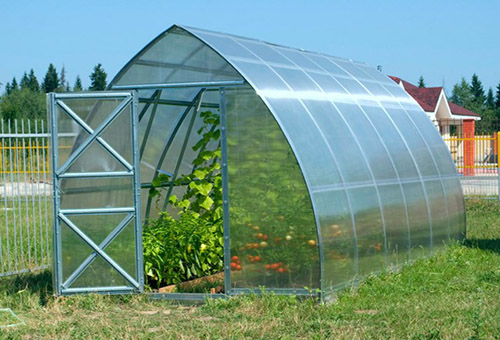
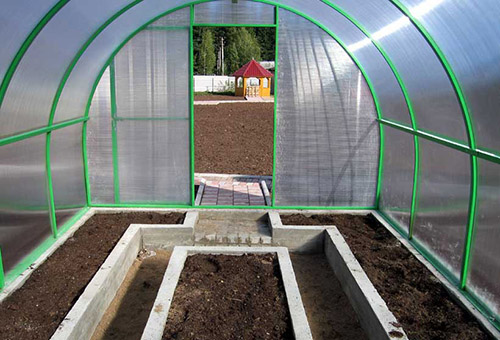
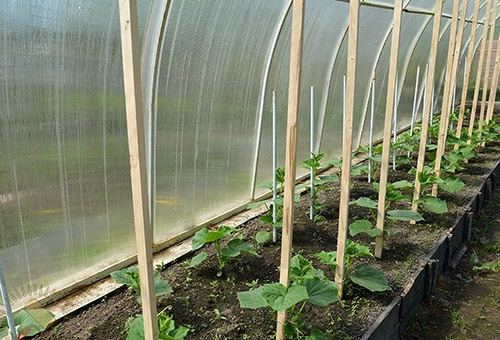
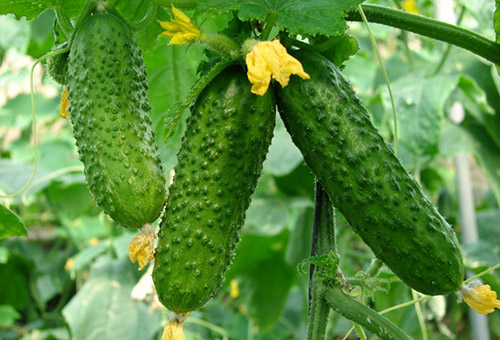

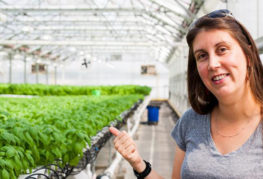
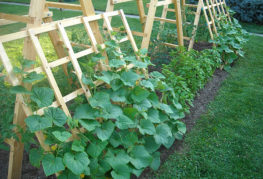

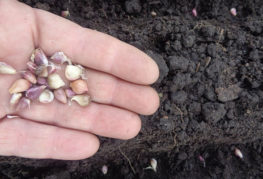
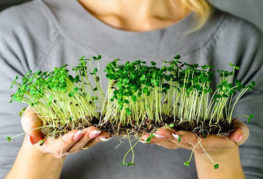

and will be published shortly.